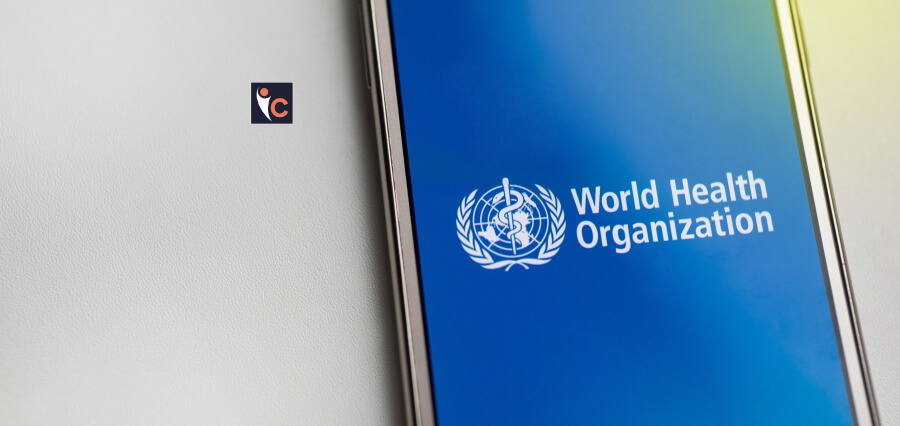In its efforts to reduce and overcome medical diagnosis errors worldwide, the World Health Organization initiated the “Get it right, make it safe!” program on September 17th, on the auspicious occasion of World Patient Safety Day. This campaign reflects the fundamental elements of enhancing medical safety protocols.
Through a message released by the “Get it Right, make it Safe!” campaign, which promotes the implementation of diverse safety processes. The theme “Improving Diagnosis for Patient Safety” will be spurred after consulting many key stakeholders, including patients and policymakers.
WHO Director-General WHO seeks increased focus on diagnostic accuracy in patient safety campaigns.
In a bid to limit medical diagnosis errors worldwide, the World Health Organization has linked in the “Get it right, make it safe!” movement. Accurate diagnosis remains a key area of focus throughout the campaign. The theme “Improving Diagnosis for Patient Safety” will be developed after consulting many key stakeholders, including patients and policymakers.
According to WHO Director-General Dr. Tedros Adhanom Ghebreyesus, the right diagnosis at the right time is the element of safe and effective health care. Diagnostic errors, as such, can lead to serious harm and even death.
Diagnostic errors cause an estimated 16% of preventable harm in the healthcare setting annually, along with substantial human and economic costs. In other words, data indicates that most adults can or might experience at least one diagnostic error during their lifetime, which might lead to prolonged illness, additional healthcare-related expenditures, or even preventable fatalities.
Diagnostic errors can be delayed, incorrect, missed, or miscommunicated anywhere along the patient journey. To address these risks, WHO is asking policymakers, health leaders, workers, regulators, manufacturers, and patients to act together in concert. National guidelines, enough resources, diagnostic tools, and technologies should be made fully functional.
Patients and their families are also encouraged to take an active role in diagnostic procedure by presenting their symptoms, raising concerns, and following up on test results.
To reinforce these, WHO is developing a model for diagnostic safety involvements. Hundreds of experts attended a meeting during early September to comment on this model, which will be part of the more comprehensive Global Patient Safety Action Plan 2021–2030. The diagnostic safety model will be launched in 2025, offering a pragmatic resource to stakeholders around the world that can be applied to improve diagnostic correctness.
Read More: Click Here










